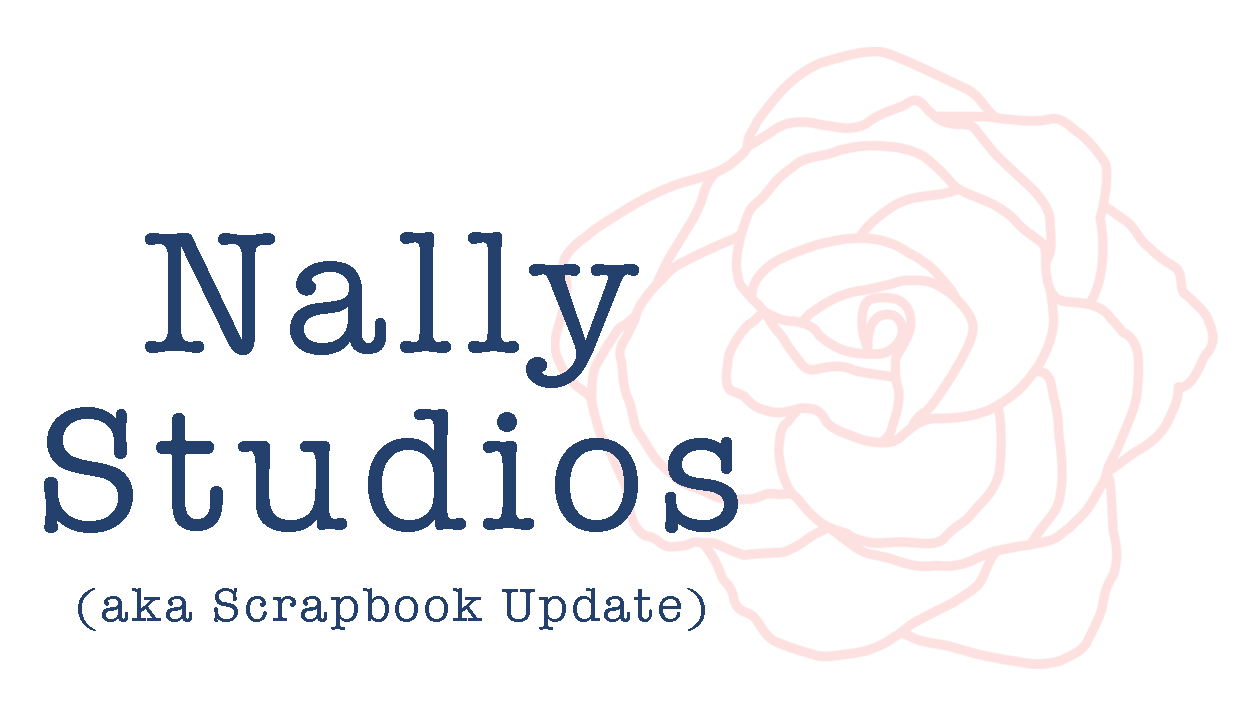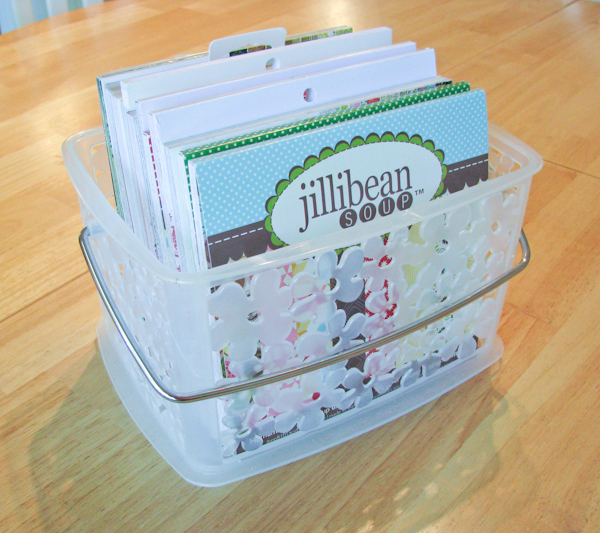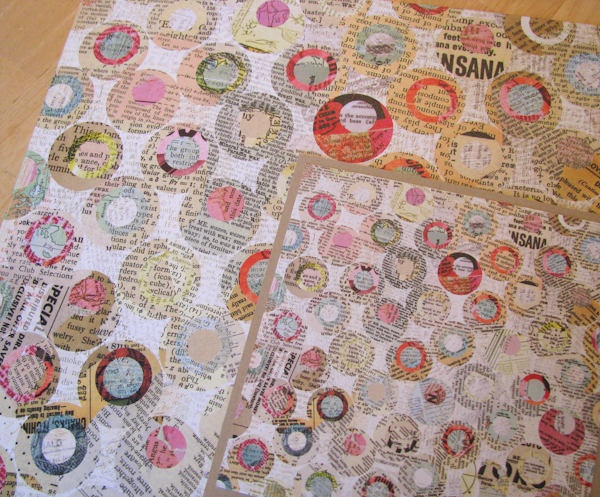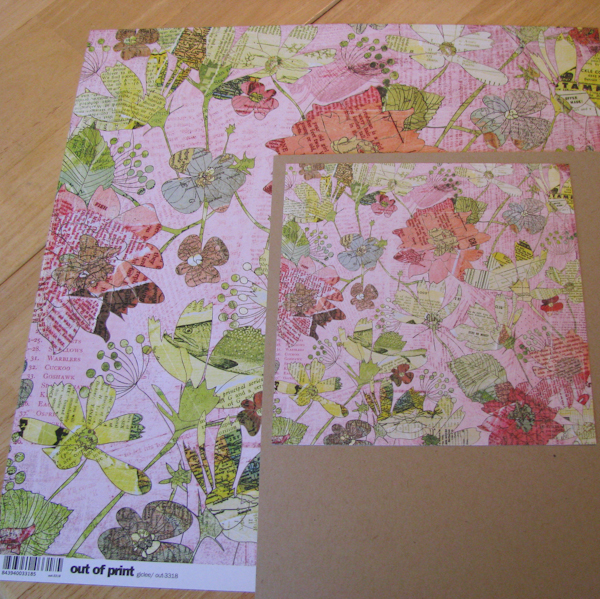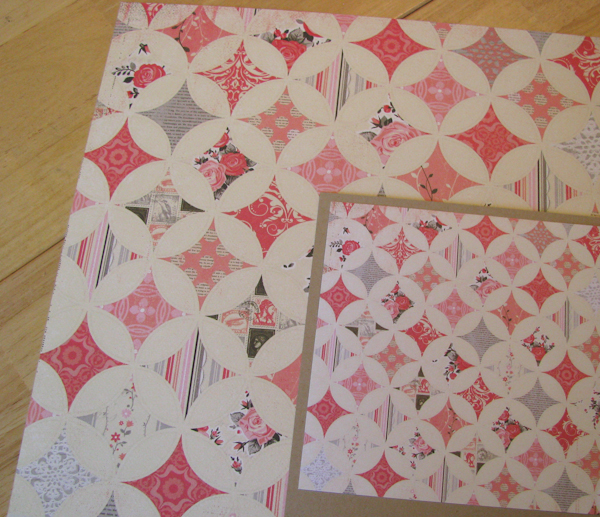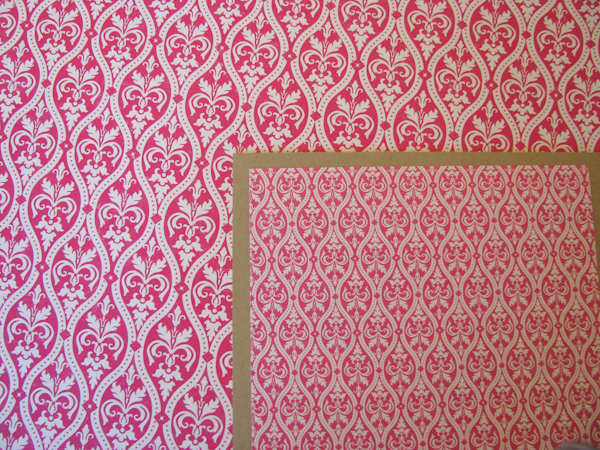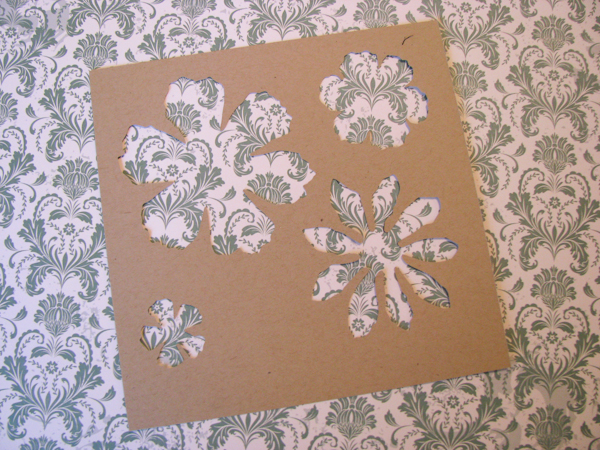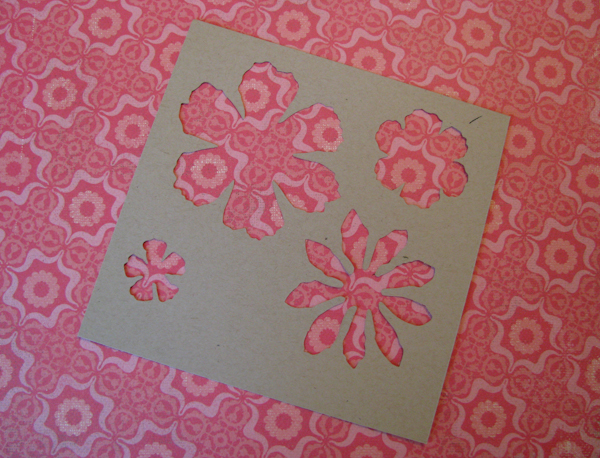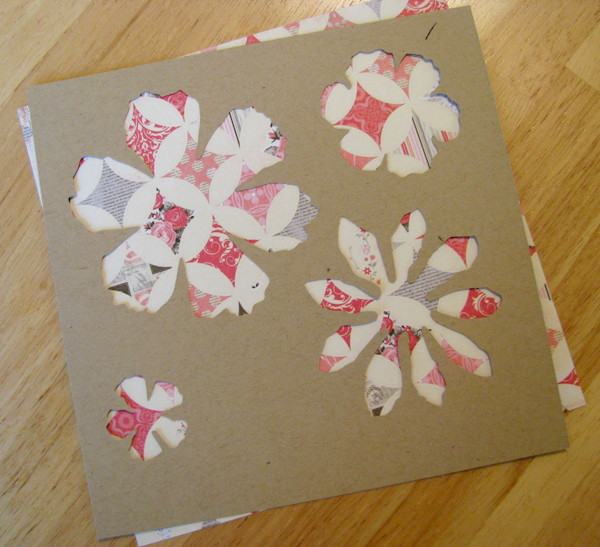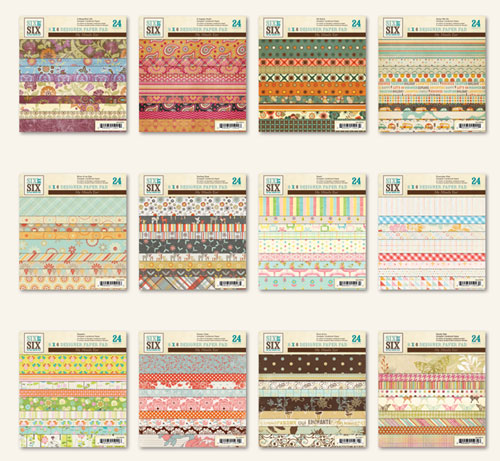Trendwatch | 6x6 Paper Pads
One of the latest trends to take over the scrapbook world is actually small in size: 6x6 paper pads. These little items are becoming almost essential items for inclusion in any new paper collection release in recent product cycles.
I bought my first one about two years ago, and I've accumulated quite a few now (and these were just the ones in my stash that I could find easily). They've become one of my favorite ways to buy and use paper.

So what is it about these paper pads that they are suddenly exploding in popularity? Several factors are contributing to the rise in popularity of 6x6 paper pads in the marketplace.
One major driving force in this trend is the rising influence of cards in the papercrafts market. The 6x6 sheets of paper are large enough sheets for the needs of a crafter making small projects such as cards, tags, or artist trading cards. These sorts of small projects have been rising in popularity among papercrafters in recent years, and along with them the demand for 6x6 paper pads has grown.
A change in the style of scrapbooking has also affected the demand for the smaller paper pads as well. Increasingly, the popular style is to use patterned paper in small pieces on layouts - either in decorative strips arranged around a photo, or in blocks. Also, die cuts and punches are now frequently being made from patterned paper.
6x6 paper has several advantages versus 12x12 paper when being used for small sized projects or in small pieces. First, there is less waste - the crafter doesn't have to sacrifice a whole sheet of 12x12 paper if all they need is a 2" block for their design. Second, the 6" paper is affordable relative to purchasing 12" paper. Most collections can be purchased in 6" paper pads for $5-$6, whereas it costs $15-$20 to buy the 12" collection pack of the same collection.
Another convenient thing about 6x6 paper pads is that they are so easy to store. 12x12 paper is unwieldy to store and takes up large amounts of space. Why wrestle with storing it if you don't have to? The basket pictured below is from a bed & bath store for bathroom storage. It sits on a shelf in a wall cabinet in my kitchen scrap area, and holds over a dozen 6x6 pads of paper that have 24-36 sheets each. Storing a comparable amount of 12x12 paper would require specialized containers and dedicated space.
But perhaps the most compelling, but often overlooked, advantage of the 6x6 paper for smaller projects is scale. Since 6x6 papers are usually created by printing the same design that was on a 12x12 sheet on the smaller 6x6 sheet, the scale of the pattern is much smaller than what it appears on the larger sheet. The smaller scale is much more appropriate to the scale of smaller projects like cards, where the scale of the pattern on a 12x12 sheet might overwhelm the small item or look strange.
How much of a difference does it make? Here's some side-by-side comparisons that illustrate that it can totally change the look of a pattern to the eye:
Above: Echo Park - Victoria Garden (Botanical Ballad)
Above: Echo Park - Victoria Garden (Botanical Ballad)
Above: BasicGrey - Out of Print (tribune)
Above: BasicGrey - Out of Print (giclee)
Above: Authentique - Uncommon (Gifted)
Above: Authentique - Uncommon (Unique)
Above: Echo Park - Be Mine (Love Song)
The benefit of the smaller design size really becomes apparent in a comparison of how the designs would look when die cut. I made a template using my Tim Holtz Alterations Tattered Floral die to use to compare what different papers would look like when die cut. (This die is a great example to use because it has such varied sizes of cuts on it.) The kraft-colored template is about 6x6 in size, so it's easy to tell which is the 12x12 paper and which is the 6x6 in the photos.
Above: Echo Park - Victoria Garden (Botanical Ballad)
The pattern above appears fragmented and leaves large awkward white spaces when the die is cut from the 12x12 paper. Such a small part of the design is captured by the die cut that it is hard to tell what the design is. In contrast, when the 6x6 paper with the smaller design is used, the pattern is much more visible and to scale with the item being cut.
This effect is even more pronounced when the die is used to cut something with an extremely discernable pattern like music paper:
Above: Echo Park - Be Mine (Love Song)
Here's a few more examples to show how the change in scale improves the look of a die cut:
Above: Authentique - Uncommon (Unique)
Above: Authentique - Uncommon (Gifted)
The 6x6 paper pad is definitely becoming a market standard. Virtually every major paper line introduced at CHA Summer 2011 seemed to have a 6x6 pad with it. And several companies are moving this trend beyond just producing their lines as 6x6 paper pads. My Mind's Eye debuted their Six by Six collection at CHA Summer 2011.
This collection includes a dozen paper collections that are being produced only as 6x6 paper pads.
Authentique is moving beyond the paper pad entirely, announcing their new Free Bird collection of thirty-two 6x6 papers that will be sold by the sheet from countertop display spinners.
It's been a long time since the industry has had a standard size in patterned paper that could truly compete with the dominance of 12x12. Could 6x6 be it? Only time will tell!
